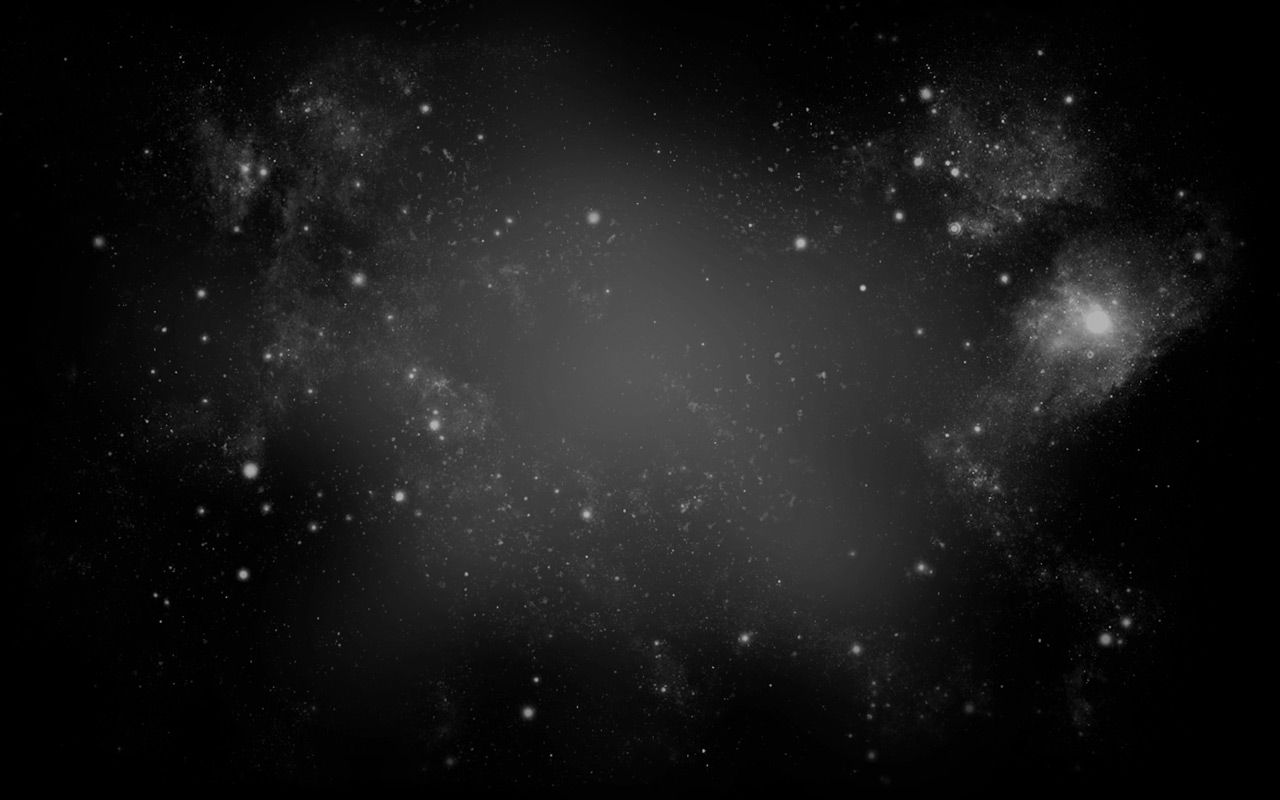

THE PLANETS

MERCURY

STATISTICS
Distance
Diameter
Temparture
Moons
Mass
Gravity
Density
35.98 million miles from the sun
3,032 Miles
-193 degrees celcius to +427 degrees celcius
0
0.33x10^24 kilograms (0.06 x Earth's)
3.7 m/s^2 (0.38 x Earth's)
5,427 kg/m^3
DESCRIPTION
Mercury is the nearest planet to the sun but it is not the hottest. Venus is actually the hottest of all the planets since it has such a strong atmosphere. A day on mercury is longer than a year because it is so close to the sun. The closer you get to the sun the more it stops you spinning so eventually Mecury will be so close that it will not spin at all, meaning there will be one side which is burning hot and one side which freezing cold.
Whilst one would think that Mercury is very hot due to how close to the sun it is, it spins so slowly that all the heat is lost on one side as it has no atmosphere because the atmosphere has been burned off by solar flares. Mercury was thought to have a lot more of the mantel of the planet but they think that another planet collided and a lot of the mantel got blown off the planet because you can see by it's orbit that something made it go off course. Mercury is only 36 million miles away from the sun compared to Earth which is 92.96. Million Miles from the sun.

VENUS

STATISTICS
Distance
Diameter
Temparture
Moons
Mass
Gravity
Density
67.24 million miles from the sun
7,521 miles
-462 degrees celcius (does not vary)
0
4.87x10^24 kilograms (0.82 x Earth's)
8.87 m/s^2 (0.90 x Earth's)
5,243 kg/m^3
DESCRIPTION
Venus is the third hottest planet in the solar system with a temparatue of 462 degrees celcius which does not vary. It has a really dense atmosphere and all the dust and dirt all crushes down on itself because of its really strong gravity. Venus is the second planet from the Sun, orbiting every 225 Earth days.

EARTH

STATISTICS
Distance
Diameter
Temparture
Moons
Mass
Gravity
Density
92.96 million miles from the sun
7,926 miles
-89 degrees celsius to 57.7 degrees celsius
1
5.98x10^24 kilograms
9.78 m/s^2
5,515 kg/m^3
DESCRIPTION
Earth is a wonderful planet. It is the only planet able to sustain life. It is the third planet from the sun and is the densest planet in the solar system. Two thirds of the planet is covered in water and is also the only planet with water but people say that Mars used to have water on it due to the fact that there are little crevasses across the planet.

MARS
STATISTICS

Distance
Diameter
Temparture
Moons
Mass
Gravity
Density
141.6 million miles from the sun
4,217 miles
-129 degrees celcius to 0 Degrees Celsius
0
0.64x10^24 kilograms (0.82 x Earth's)
3.7 m/s^2 (0.37 x Earth's)
3.993 kg/m^3
DESCRIPTION
Mars is one of the smallest planets in the solar system and has some incredible landscape. There is a massive volcano on mars which is three times bigger than Mount Everest and covers a bace the size of Paris and more. People say there used to be water on Mars but the atmosphere was ripped off so all the water drifted off the planet but there are signs that there must have been water because people have found little crevasses in the surface that must have been made by water.

JUPITER

STATISTICS
Distance
Diameter
Temparture
Moons
Rings
Mass
Gravity
Density
483.8 million miles from the sun
88, 736 miles
-150 degrees celcius (at clouds tops)
63
1 (very thin)
1,898 x10^24 kilograms (318 x Earth's)
23.12 m/s^2 (2.64 x Earth's)
1,326 kg/m^3
DESCRIPTION
Jupiter is the biggest planet in our solar system and is also the hottest due to the fact that there is a massive storm where winds can reach over 800 miles per hour. The tempratures can reach 36thousand degrees centigrade which is extremely hot. The storm is called the red spot and you could fit a whole earth in it.

SATURN

STATISTICS
888.2 million miles from the sun
74,000 miles
-170 degrees celsius (at cloud tops)
62
7 ring groups (the exact number is unknown)
568.5x10^24 kilograms (95 x Earth's)
8.96 m/s^2 (0.92 x Earth's)
687 kg/m^3
Distance
Diameter
Temparture
Moons
Rings
Mass
Gravity
Density
DESCRIPTION
Saturn is the second biggest planet in the solar system but earth actually has more matter than Saturn because Earth is alot more dense. One of the most fascinating things about Saturn is it's gas rings. These spread out for thousands of miles yet it is only several meters thick.

URANUS

STATISTICS
Distance
Diameter
Temparture
Moons
Rings
Mass
Gravity
Density
1.78 billion miles from the sun
32,000 miles
-200 degrees celcius (at cloud tops)
27
13 (all very dark and faint)
86.8x10^24 kilograms (14.5 x Earth's)
8.69 m/s^2 (0.89 x Earth's)
1,270 kg/m^3
DESCRIPTION
Uranus is the seventh planet away from the sun. It is also the third largest planet and is the fourth planet with the highest mass. Uranus orbits the sun every 84 years. It's distance from the sun is roughly 3 billion killometres away which is a long way away. The weather on Uranus can be very strong, winds there can reach up to 560 miles per hour which is very fast.

NEPTUNE

STATISTICS
Distance
Diameter
Temparture
Moons
Rings
Mass
Gravity
Density
2.795 billion miles from the sun
30,760 miles
-210 degrees celcius (at cloud tops)
13
5
102.4x10^24 kilograms (17.2 x Earth's)
11 m/s^2 (1.12 x Earth's)
1,638 kg/m^3
DESCRIPTION
Neptune is the farther planet from the Sun. It is named after the Roman god of the sea, partly because it is blue. It has methane ice clouds and it is the fourth-largest planet by diameter and the third-largest by mass.